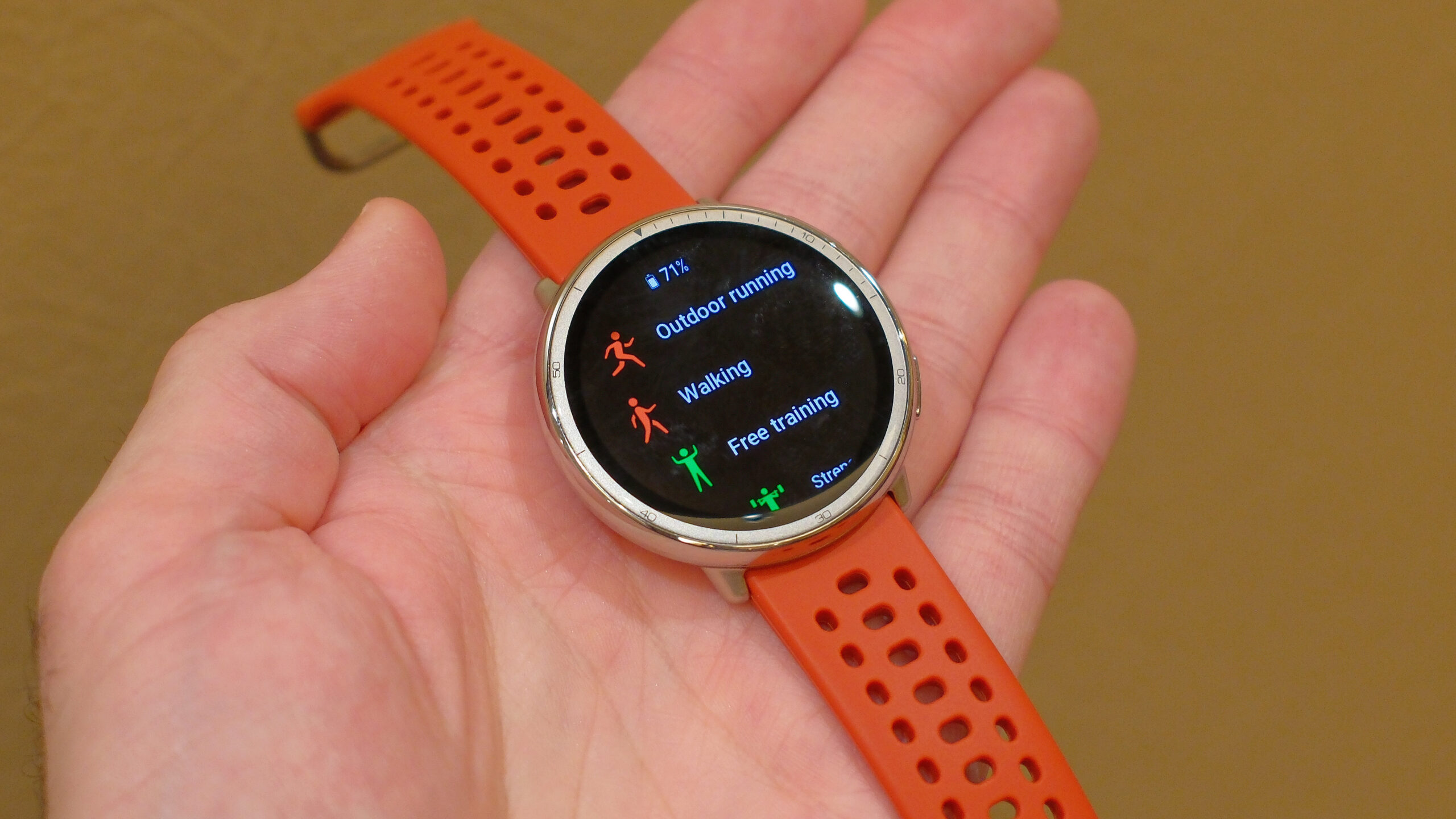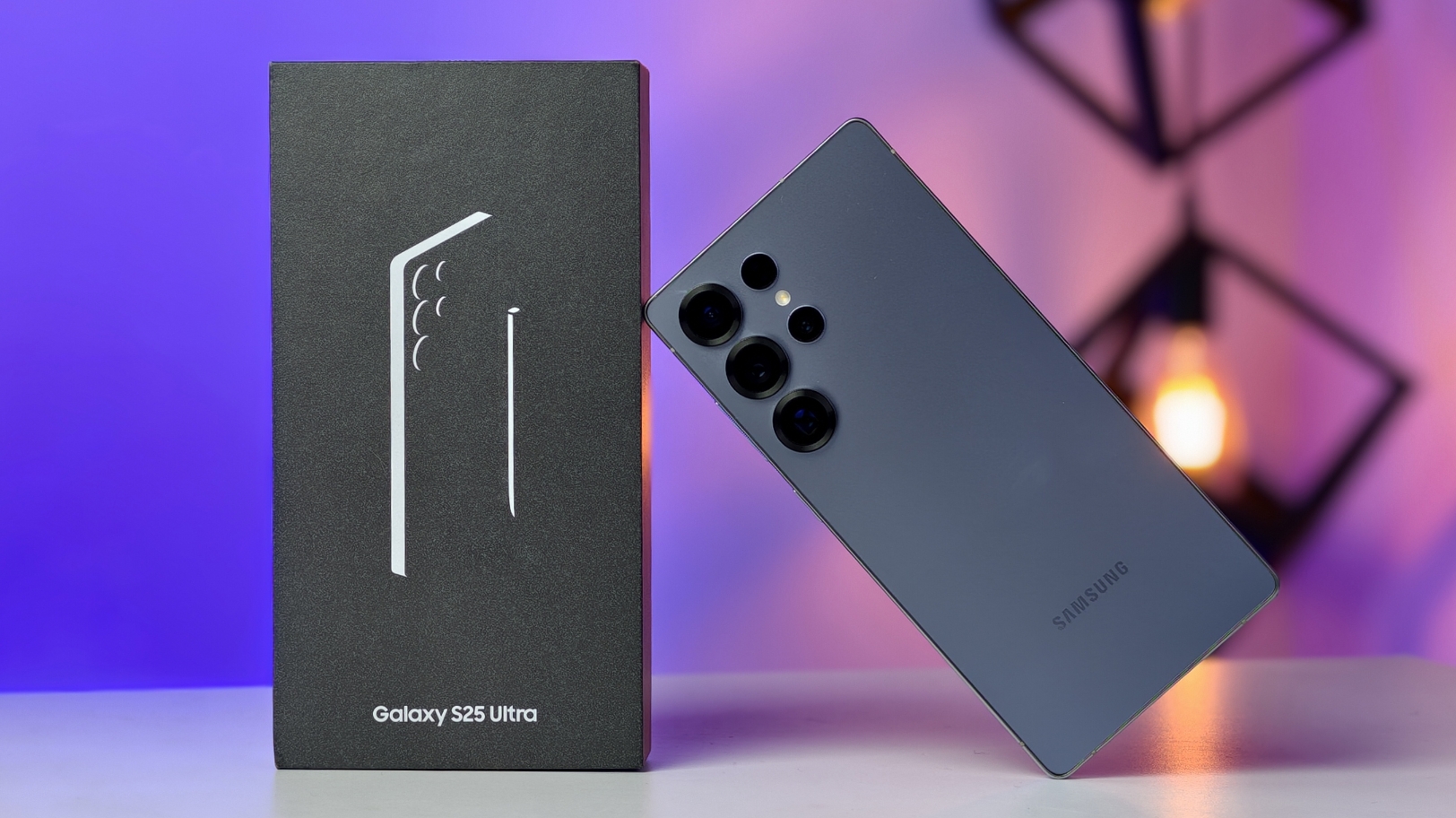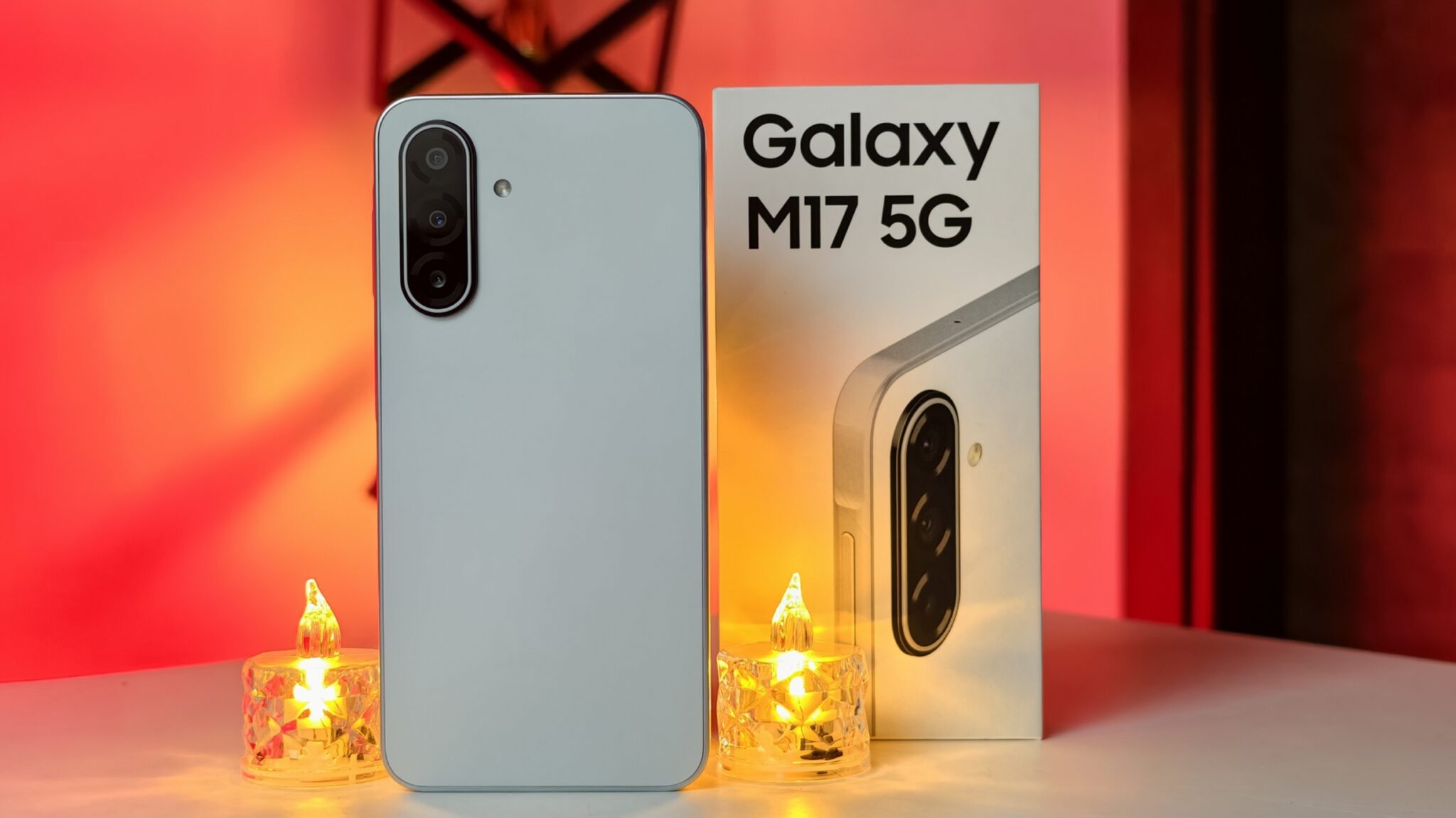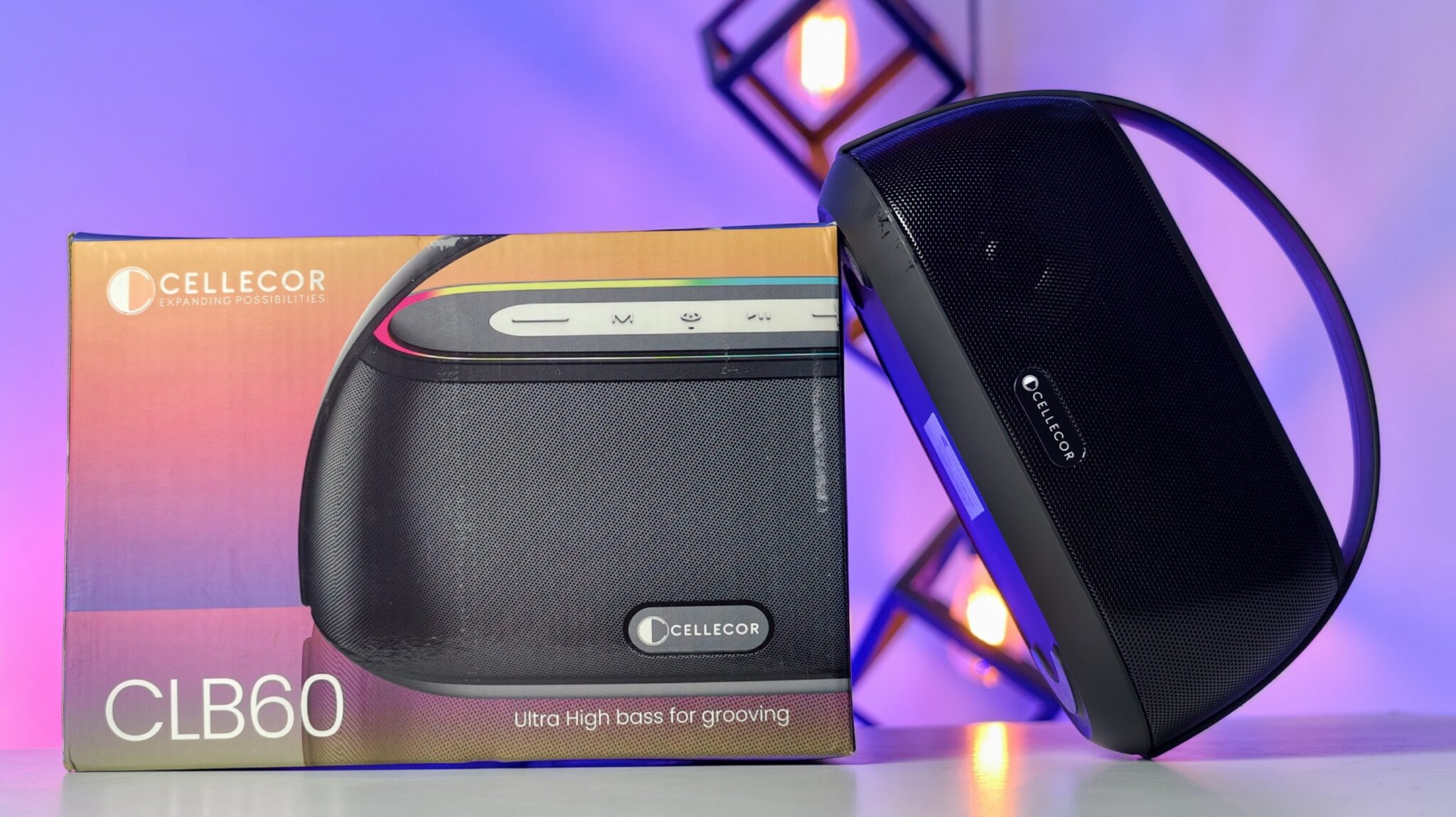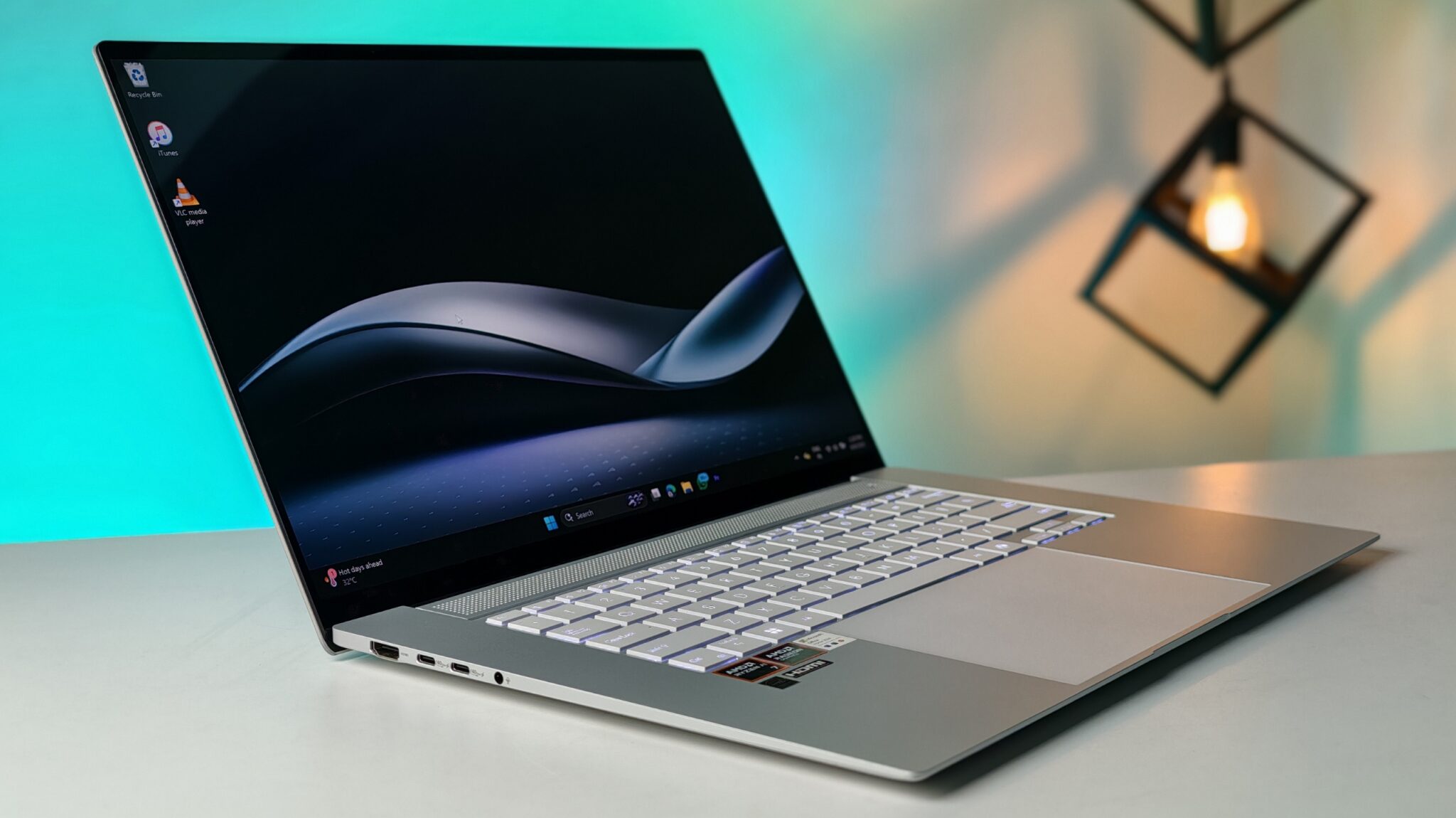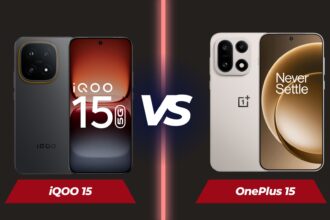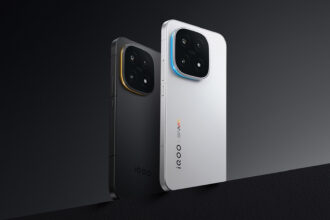The latest iQOO Z10x phone is now in the market and a major upgrade over the last iQOO Z9x. In this new device, iQOO has tried to bring improvements in various areas, particularly design, performance (with Dimensity 7300 chipset), and battery life (with enormous 6,500mAh battery), which render it an apparent “step up” over its predecessor.
- Design: A Step Up, Mostly
- The Display: Familiar Specs, Unfamiliar Bezels
- Performance: The Dimensity 7300 Steps Up
- Software: Funtouch OS 15 and the Question of Bloatware
- Cameras: Back to the Drawing Board
- Battery Life and Charging: The Undisputed Champion
- Value for Money and the Verdict: Did iQOO Do Enough?
- Who is the iQOO Z10x for?
But there are also some aspects where some improvements can be made, including the camera performance that is very much akin to the Z9x, and the software experience that still has some degree of bloatware and notification problems, as well as the thick bezels on the screen which also capture some attention. In this detailed review, we will look closely at every aspect of the iQOO Z10x to understand if it is a great value package for its price.
Design: A Step Up, Mostly

Unboxing the iQOO Z10x, my immediate thought was, “Okay, this feels different.” Compared to the Z9x, which felt a bit utilitarian, the Z10x’s design is undeniably more refined. I got the Ultramarine finish, which is a quite nice lavender color. But the thing that really surprised me was the back panel. It’s polycarbonate, which is to be expected at this price point, but it has this beautiful matte finish. And seriously, thank you, iQOO! This matte finish is a game-changer. It’s pleasant in the hand, grips well, and importantly – it does not attract smudges or dust like a madman. My Z9x was a smudge magnet; this Z10x is a breath of fresh air on that front.
The mid-frame too is polycarbonate, following the flat-sided trend we’ve witnessed in many price segments in recent times. While the frame itself is flat, the back panel curves slightly towards the edges, fitting snugly with the frame. This curved back, together with the matte finish, makes the phone surprisingly comfortable to hold despite its large size and weight. Yes, it is a brick of a phone, weighing 204g, and quite noticeable in the pocket or when held for any length of time. But considering what’s crammed inside (more on that battery soon), the weight is at least somewhat understandable.
iQOO also included a subtle design touch with a wave texture built into the back panel coating. It’s not necessarily flashy, which I’m grateful for. You need to hold the phone up to the light to fully appreciate it, a bit of visual flair without being flashy – unlike certain other phones (even within iQOO’s own range, such as the Neo 10R I reviewed recently) that shout at you. It’s a grown-up, subtle touch that I rather approve of.
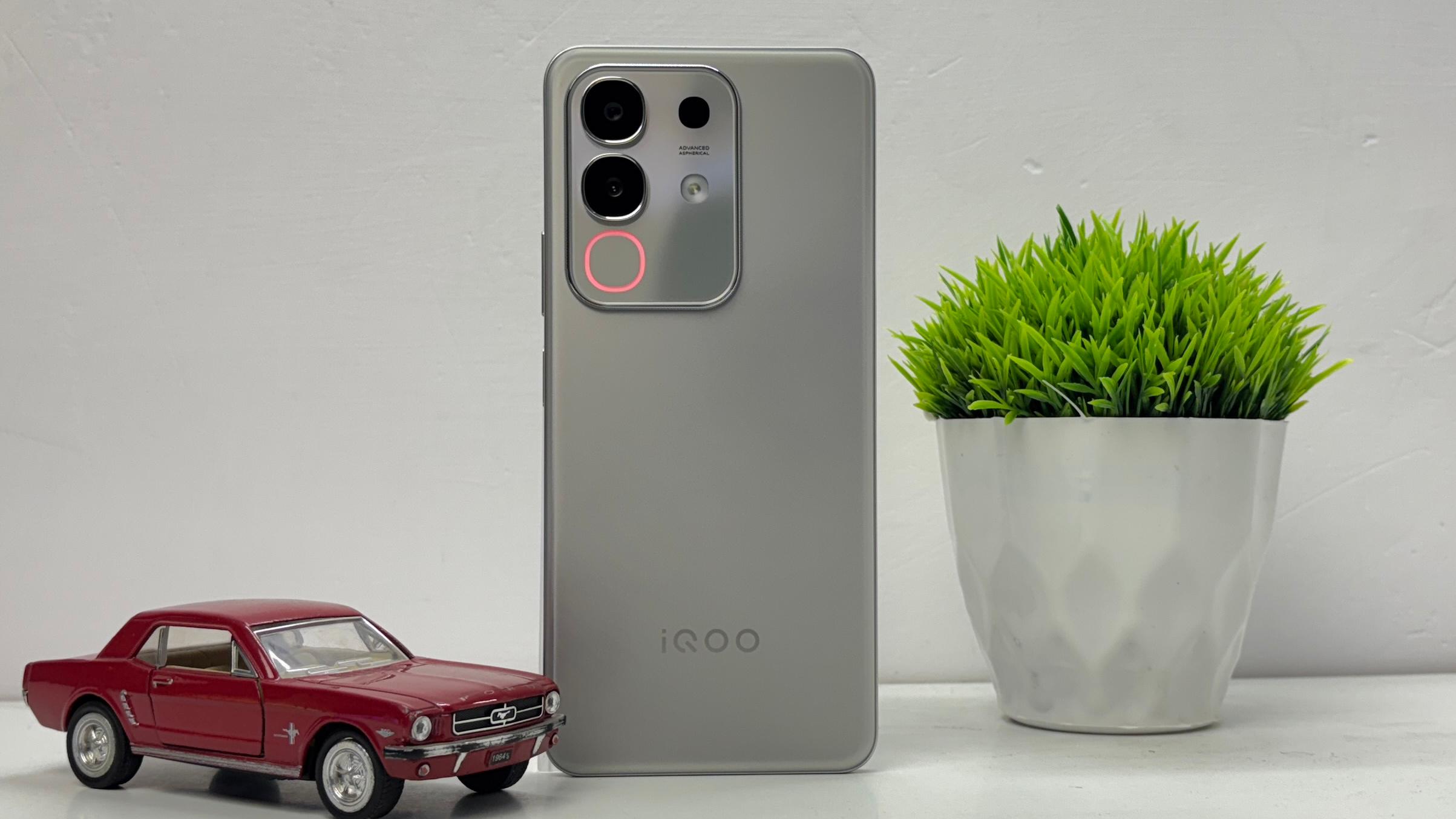
Along the sides lies the flat frame that contains the volume rockers above the power button on the right, which serves as the fingerprint sensor as well (detailed performance below). The bottom edge sees the USB Type-C port, primary microphone, and speaker grille. The leading edge accommodates the secondary mic and, unexpectedly, an IR blaster camouflaged as a third, lesser circle on the camera module zone. Indeed, that third circle is not a camera; it’s really practical for using to control your AC or TV.
And now, let’s discuss what is lacking. In order to match the size and perhaps save costs or increase endurance, iQOO omitted the 3.5mm headphone jack of the Z9x. This is a big minus for most consumers of budget phones. It suggests the use of USB-C adapters or Bluetooth headsets.
Even as Bluetooth audio has advanced considerably, the simplicity and reliability of a physical jack remain the choice of the majority of customers in this segment. It is like taking a step backward in the usability of value for the intended audience.
All in all, the design is an improvement over the Z9x. It is more premium due to the matte finish and the consideration for the incorporation of the subtle texture and IR blaster. The flat sides and rounded back are easy to hold. Yes, it’s large and lacks the headphone jack, but the looks and build are certainly a plus for the Z10x.
The Display: Familiar Specs, Unfamiliar Bezels
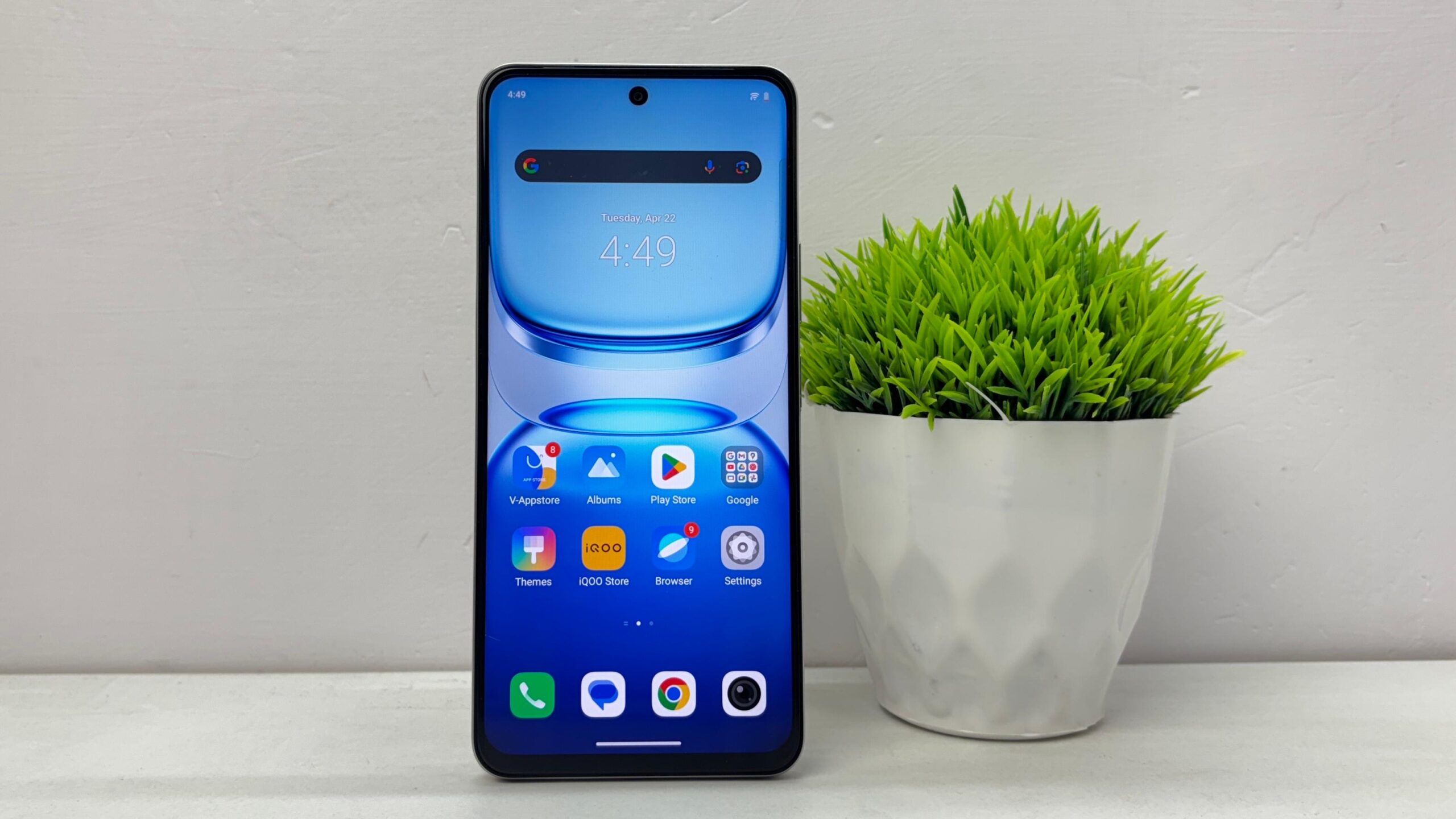
Stepping forward, the Z10x keeps a flat screen panel, as does the Z9x (in contrast to the slightly more premium Z10). The main specs appear to be the same on paper: a 6.72-inch diagonal, FHD+ resolution (2400 x 1080 pixels), and a silky-smooth 120Hz refresh rate.
But this is where things become a bit less spectacular, maybe even a step back from its predecessor in one particular regard – the bezels. Though the same size and resolution, the frame surrounding the panel itself is reasonably noticeable. Thinnest at the sides, admittedly I do feel that could still be finer relative to a couple of rival alternatives as well as even that comparatively svelte side bezel of the Z9x.
More obvious again at the top, it covers where the punch-hole notch lies that encompasses the front camera lens. But nowhere thicker than this chin, aka bottom bezel. It’s possibly one of the heavier chins I’ve seen on a phone in a while, and honestly, it does feel a little old. iQOO themselves pointed out that they skimped here, and it’s visible. It does affect the overall immersive nature of the screen when playing games or watching videos. Setting the bezels aside for the moment, the LCD panel itself feels like it should for the price.
The FHD+ resolution makes text and images crisp. The 120Hz refresh rate is a nice touch, making scrolling and UI animations much smoother than a typical 60Hz display. It certainly makes the perceived speed and responsiveness of the phone improve. Colors are decently good, although you’re not going to see the blacks so deep and the contrast so infinite like with an OLED screen – that’s a compromise you make in this class. Brightness is fair inside, but I found myself turning it way up when attempting to use the phone in direct sunlight, and outdoor visibility is sometimes tricky.
Viewing angles are fair, with little color shift at very shallow angles. Thus, though the fundamental display technology and specifications are good enough for a budget phone, providing a large, clear, and smooth viewing experience, the visible bezels, especially the prominent chin, take away from the otherwise better design language. It is like the conspicuous reminder of the cost-saving efforts, awkwardly resting at the bottom of that otherwise elegant rear panel.
Performance: The Dimensity 7300 Steps Up
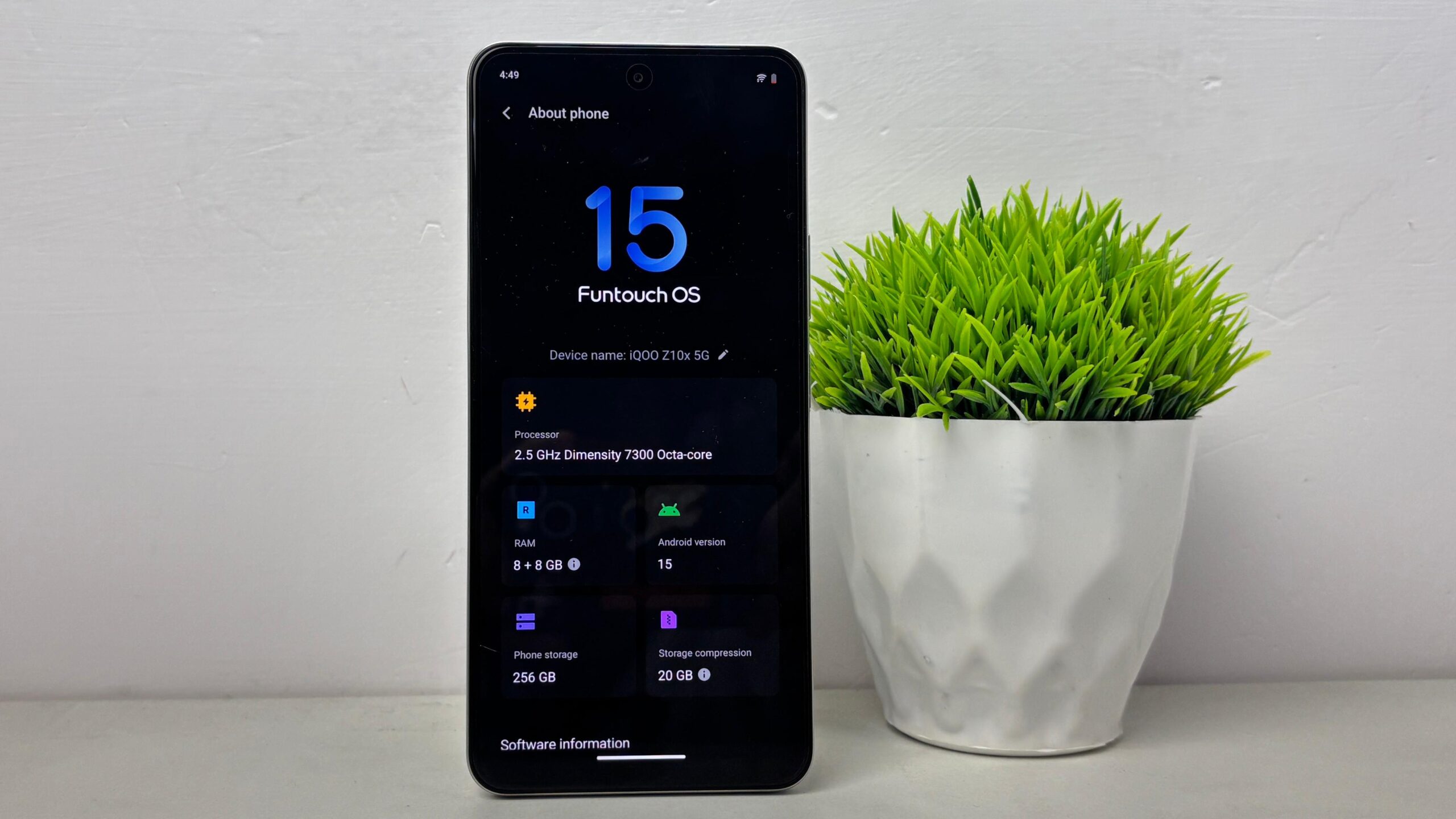
Under the hood is where the iQOO Z10x sees a big upgrade. It uses the MediaTek Dimensity 7300 processor, a newer chip than the Qualcomm Snapdragon 6 Gen 1 used in the Z9x. The Dimensity 7300 has a higher maximum clock speed of 2.5GHz, and more importantly, its built-in GPU is said to be considerably faster than that of the Snapdragon 6 Gen 1. This already heightened my performance expectations, particularly for gaming. In everyday use, the Z10x is snappy and responsive. Apps launch fast, multitasking is well managed (aided by the added base RAM option), and scrolling through social media feeds or Browse the web is silky smooth, courtesy of the 120Hz display. For common smartphone tasks – calls, messaging, emails, streaming video – the Dimensity 7300 is more than up to the task. It performs these without any apparent lag or stutter. The actual test, as expected, was gaming.
I spent a considerable amount of time running different titles on the Z10x. Less demanding games such as Subway Surfers or Candy Crush execute perfectly, just as one would expect. Switching to more demanding games graphically, I attempted titles such as PUBG Mobile and Genshin Impact. PUBG Mobile executed well at HD graphics and high frame rates, delivering a seamless and competitive game. Pushing it further would create the occasional stutters, but keeping within advised settings provided extremely playable results. Genshin Impact, notorious for being system-intensive, played but needed to have graphics set to ‘Low’ or ‘Medium’ in order to enjoy a consistent frame rate.
It wasn’t the smoothest of experiences like you’d have on a high-end phone, but it was more than manageable and fun for some casual playthroughs. Compared to the Z9x, the gaming performance on the Z10x is noticeably better, justifying the upgrade in the chipset department. The phone did get warm during extended gaming sessions (say, 30-45 minutes or more) but never uncomfortably hot. Thermal throttling wasn’t a major issue that significantly impacted performance during my testing. The Z10x is available in various RAM and storage options: 6GB + 128GB (Rs. 13,499), 8GB + 128GB (Rs. 14,999), and 8GB + 256GB (Rs. 16,499). Having a 6GB base model is a step up from the Z9x’s 4GB base.
I used the 8GB model, and it was up for the task of running several apps and leaving them in the background. For heavy multitaskers or those who intend to keep the phone for many years, the 8GB variant is highly suggested. Storage options (UFS 2.2, I presume) are segment-standard and provide respectable read/writespeeds for speedy app launching and file transfers. Connectivity is provided through a number of SA and NSA 5G bands, and I had stable 5G connectivity where it was available. Dual 5G standby is also offered. Wi-Fi 6 is a welcome bonus for quicker wireless speeds if you’ve got a compatible router.
Bluetooth 5.4 is the current standard. The absence of NFC may be a disadvantage for users who use contactless payments, but it’s usually cut in this budget segment. The side-mounted fingerprint reader, built into the power button, worked consistently in my testing. It was speedy and reliable for the most part, but sometimes needed to be tried twice if my finger tip wasn’t in exactly the right position.
Software: Funtouch OS 15 and the Question of Bloatware

The iQOO Z10x comes with vivo’s Funtouch OS 15, which is an Android 15-based UI.
This is a good thing with regards to accessing the latest Android features and security patches, at least for now. The Funtouch OS has improved over the years with a reasonable level of customization and features. The UI is mostly clean and uncluttered. But then again, this is where my experience with the Z9x’s software issues came flooding back. The Z9x was infamous for being loaded up with bloatware and spewing spammy notifications constantly. It was like iQOO/vivo were constantly attempting to make you intera ct with their proprietary apps or services. Did iQOO do its research on the Z10x then? The answer is. kind of.
Even out of the box, the Z10x features a decent amount of preloaded apps.
A few are necessary system apps, but there are third-party programs and iQOO/vivo’s own selection of programs duplicating Android’s core functionality (such as an additional browser, app store, music player, etc.). Many can be disabled or uninstalled, which is an improvement over some interfaces that have bloatware more inextricably linked. It needs a little clean up immediately after installing the phone, but it’s tolerable. The more serious problem was the spam notifications. On the Z9x, system apps and pre-installed bloatware would continuously spam the notification shade with promotions, news clips, or recommendations. With the Z10x on Funtouch OS 15, I found the situation to be better, but not completely solved. The number of unwanted notifications itself seemed lower than my recollection of the Z9x.
Some system apps or preloaded bloatware still have notification permissions turned on by default and will sometimes send promotional or ‘recommended’ material. It’s not as pushy as it used to be, but it’s still there. You still have to dig into notification settings and turn off notifications for certain apps you don’t want to hear from. It’s frustrating that this isn’t cleaner out of the box.
While it’s better, iQOO still has room for improvement in delivering truly clean, user-respecting software. On the plus side, Funtouch OS 15 itself is a good user experience. It has standard Android 15 features and iQOO’s tweaks such as gaming modes, system optimization features, and gestures.
The UI is quite fluid given the performance and refresh rate. Software updates are something to watch out for; iQOO’s history can be inconsistent in the budget range, but beginning with Android 15 is a positive sign towards longevity.
Cameras: Back to the Drawing Board

This is the only category where, judging by the specs, I had very little hope – and unfortunately, they were largely fulfilled. The camera equipment on the iQOO Z10x looks exactly the same as the Z9x: a 50-megapixel main camera with an f/1.8 aperture (but without OIS), a 2-megapixel depth camera, and an 8-megapixel front camera.
Since the Z9x’s camera performance was squarely middle-of-the-pack, I wasn’t expecting a jump in quality here.
And so they are, the Z10x’s cameras being purely basic. Under sunny daylight conditions, the 50MP primary sensor takes acceptable photos. Details are adequate for social media posting, and colours are quite accurate, although sometimes a little too oversaturated. The dynamic range is poor, and tough scenes with overexposed bright skies and black shadows tend to produce blown highlights or crushed blacks.
As soon as light conditions drop below good – inside or in the evenings – the camera falters badly. Shots become grainy rapidly, focus is smudged, and focusing gets slow. The absence of Optical Image Stabilization (OIS) is particularly missed here, so it’s tricky to take clean shots in dim light without a very stable hand or employing the dedicated night mode (which does assist in brightening the photo but tends to add more noise and processing artifacts). The 2-megapixel depth sensor is exclusively used for the portrait mode to help with background blur. The results are hit-and-miss. Edge detection around the subject can be inconsistent, sometimes blurring parts of the subject or leaving parts of the background sharp. It works reasonably well for simple subjects against uncluttered backgrounds, but don’t expect professional-looking bokeh.
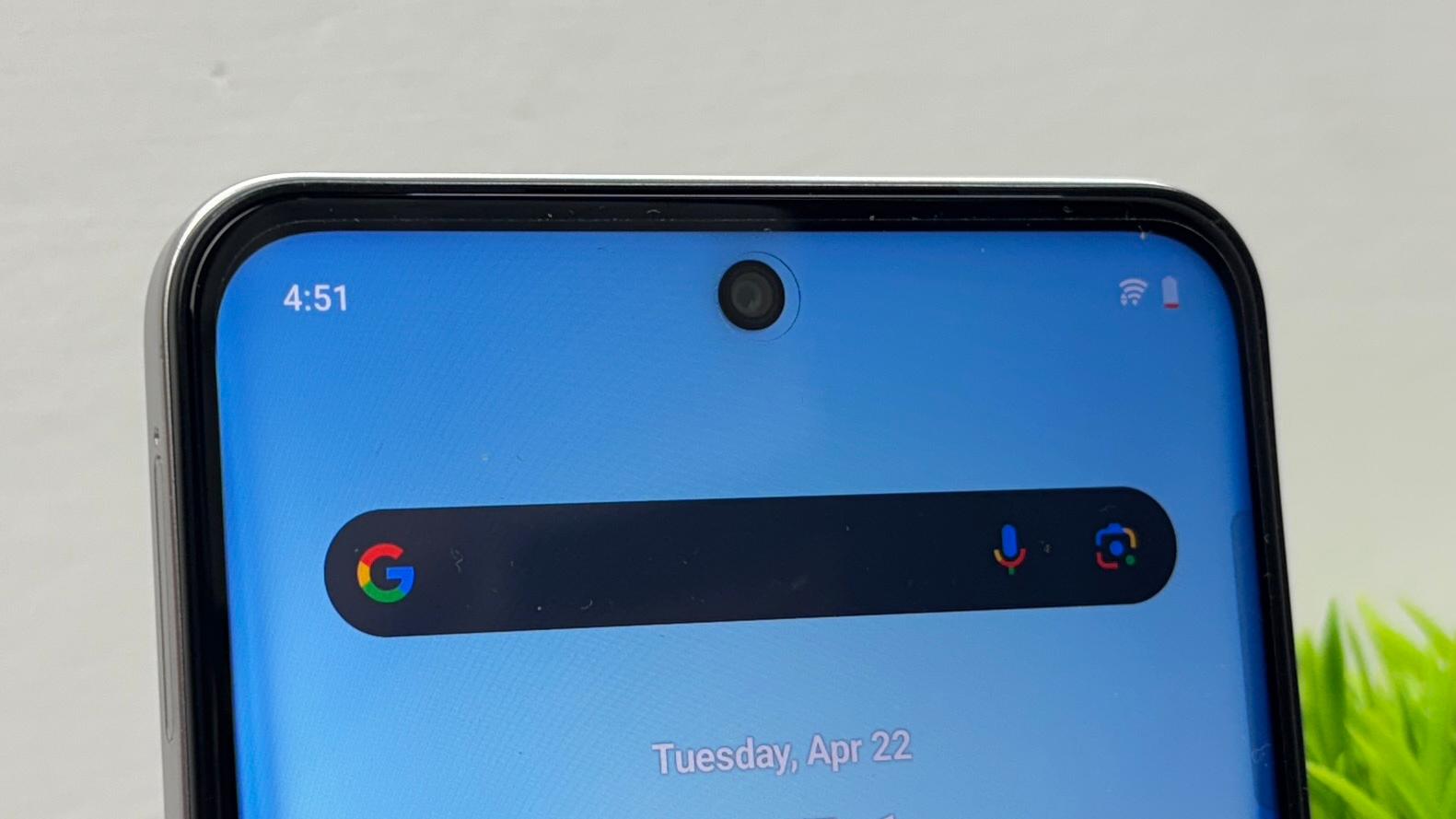
The 8-megapixel front camera is okay for everyday selfies in bright lighting. It’s soft on details, and quality degrades rapidly indoors or in dim light. It’s good enough for video calls but little else.
Video recording is supported, possibly up to 1080p resolution (no word from the source, but that’s the norm for hardware like this). Once more, no OIS means video footage can be jumpy if you’re not stationary. Video is average quality, good enough for everyday clips but not for something that needs a lot of clarity or stability. The design of the camera module, with three big cut-outs (even though there are only two useful sensors and one IR blaster), seems to be an effort to make the phone appear more capable than it actually is in the camera department. It’s just for show and does not translate to the real camera performance. Short answer, then: If you want a camera-capable phone, the iQOO Z10x isn’t it. The cameras work fine for simple use under favourable light, but they’re definitely a corner-cutting zone for the sake of price reduction. They are worse than the Z9x’s, and it’s frustrating but not surprising.
Battery Life and Charging: The Undisputed Champion
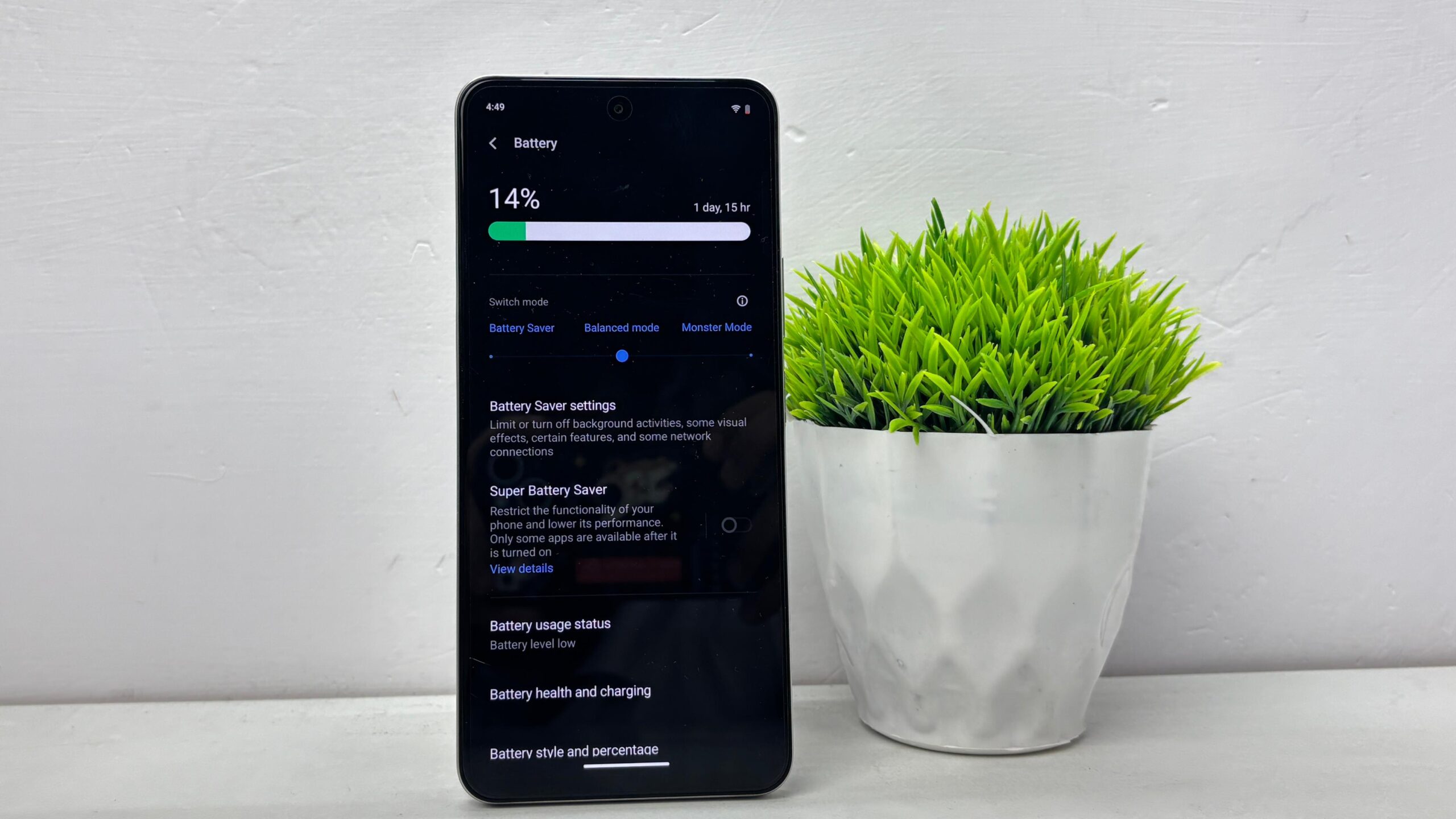
And so, we come to the iQOO Z10x’s undisputed superpower: the battery. Improving on the Z9x’s already formidable battery life, the Z10x carries a slightly bigger 6,500mAh battery pack, from 6,000mAh. Together with the ostensibly more power-frugal MediaTek Dimensity 7300 chip (built on a newer process node such as TSMC’s 6nm), the battery life is nothing less than phenomenal.
While I was testing, the battery life on the Z10x was just phenomenal!
With average use – Surf social media, movie-watching, listening to music, reading emails, some casual gaming – I easily managed two consecutive days on a single battery.
Even with more intense use, like extended gaming periods and GPS use, it had the comfortable duration of a day and a half.
I consistently saw screen-on times above 9-10 hours, which is unparalleled for any phone, but even more so for one in this category.
Should battery life be your number-one concern, then the iQOO Z10x is raising the bar.

You can actually forget nightly charging. Charging speed is just as fast as the Z9x, supporting 44W fast charging. Although 44W may not be as flashy as some of the other ultra-fast charging options available, it’s still extremely quick for a battery of this enormous capacity. I was able to top up the 6,500mAh battery from about 10% to 100% in more than an hour, which is amazingly convenient. A brief 15-20 minute top-up will get you through many hours of use. iQOO packs the 44W charger inside the box, always a welcome inclusion.
The pairing of a massive battery and decent charging speed makes the iQOO Z10x a real endurance monster. It’s the phone you reach for when you know you’ll be out of a charging point for a long time and don’t want battery stress. This is definitely the strongest selling point of the phone and where it really stands out in the market.
Value for Money and the Verdict: Did iQOO Do Enough?
The iQOO Z10x retails at aggressive price points: Rs. 13,499 for the 6GB+128GB version, Rs. 14,999 for the 8GB+128GB, and Rs. 16,499 for the 8GB+256GB. Keeping the overall package in mind, does the Z10x have the prices, and is it differentiated from the increasingly popular budget segment? Compared to the Z9x, the iQOO Z10x introduces welcome upgrades in build quality and design (matte finish!), a major performance boost courtesy of the Dimensity 7300, even bigger battery for unbeatable stamina, and beginning with an updated version of Android.
The addition of Wi-Fi 6 and the IR blaster are nice touches. However, it retains the same basic camera system, which is its weakest link. The decision to remove the 3.5mm headphone jack is a negative for many users in this category. While the software bloat/spam notification issue is improved, it’s not entirely gone and still requires user intervention. And those thick bezels on the display feel like a regression in terms of modern aesthetics.
So, did iQOO do its homework? Yes, they evidently put in the work on the performance and stretched the battery life to outrageous levels, which were the Z9x’s selling points. They also improved the phone’s appearance and feel. But they apparently missed class on camera development and didn’t fully commit to providing clean software.
Who is the iQOO Z10x for?

It’s the perfect phone for someone whose topmost priorities are battery life and good performance for daily use and casual gaming on a budget.
If you require a phone that will last you forever on a single charge, get by on social media, streaming, and play mainstream mobile games fairly well, and you are okay with the mediocre cameras, the chunky display bezels, wiping out some upfront bloatware, and using wireless or USB-C audio, then the Z10x is a highly worthy contender.
Its battery life alone makes it a standout in an overpopulated market.
If camera performance is something you care about, or if you simply can’t do without a headphone jack or uncluttered, notification-free software straight out of the box, you may have to look elsewhere or question whether the phenomenal battery life is an acceptable trade-off for these deficiencies.
In summary, the iQOO Z10x is not an ideal phone, but it’s much better than its predecessor where it counts: core performance and, amazingly, battery life. It’s a budget monster designed for the long run, literally. It’s mindlessly beating the competition by outlasting them, and that alone makes it a compelling pick for the right person. Just know its shortcomings in the camera and software areas beforehand. Having had a chance to use it for some time now, that battery life is truly addictive, and for some, that alone may be enough to make the Z10x the choice.



